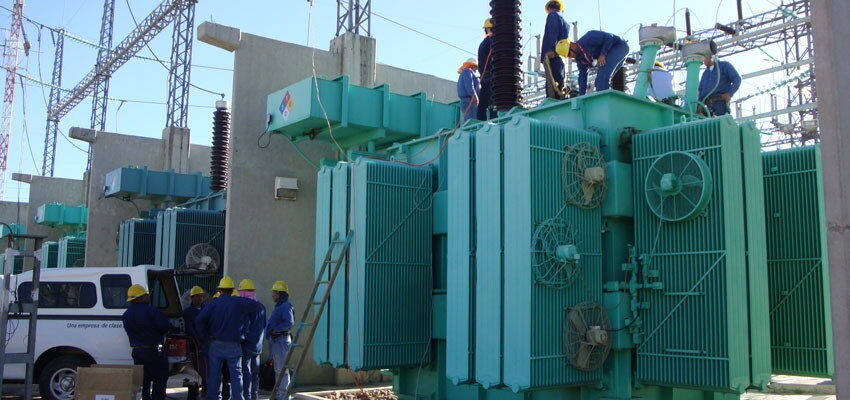
Individual temperature compensation
Abstract Dielectric testing techniques in the time and frequency domains are increasingly being used by transformer manufacturers, power utilities and researchers for transformer oil-paper insulation...
byDiego Robalino

Abstract
Dielectric testing techniques in the time and frequency domains are increasingly being used by transformer manufacturers, power utilities and researchers for transformer oil-paper insulation systems condition assessment. Since 1997, when the first portable device designed to carry out dielectric response tests in the frequency domain in the field was put on the market, the technology has evolved and new features have been incorporated. One of these features is becoming a “must have” tool for power transformer dielectric condition assessment: individual temperature compensation.
Keywords: dielectric response, temperature correction, power factor, dissipation factor
Introduction
A healthy insulation condition of an electrical apparatus is essential for the operational reliability of the entire electrical power network. Transformers are without a doubt one of the most critical components in the system and, for this reason, a great amount of research has been performed to better comprehend the values obtained in routine dielectric tests such as power factor / dissipation factor (tan delta). Power factor is widely used among operators and manufacturers to set a reference value for the losses encountered in the insulation material.
Typically, Dissipation Factor (DF) or Power Factor (PF) tests are carried out at power frequency of 50/60 Hz. A voltage is applied to one electrode of the capacitive system and the total resulting current is measured. From there, the angle between the total current vector and the applied voltage vector is obtained and the cosine function given in percentage values is the power factor value of the tested capacitance. In this test, the power factor value is a function of frequency. The capacitive reactance of the object is directly related to the excitation signal frequency and therefore, a power factor test should be comparable if performed at the same frequencies. But frequency is not the only factor affecting the power factor value.
When repeating the power factor test on the same specimen, if moisture, oil condition and aging have not been altered, but the temperature of the system changes, the power factor will change as well, and the values at two different temperatures will not be comparable. In order to be comparable, the PF values must be normalized to a 20 °C reference. Therefore, temperature has a significant effect on the resulting value of the power factor and this fact should be taken into account and improve the existing methods used to compensate power factor measurements for temperature variation.
This article provides a background on dielectric response measurements in the Frequency Domain (DFR), also known as Frequency Domain Spectroscopy (FDS), and the advantages of using this testing technique in liquid–filled power transformers to assess their insulation system condition, as well as to obtain the “unique” individual thermal response of the capacitive system analyzed.
The routine dissipation factor/power factor test at power frequencies
The PF and capacitance test is one of the most effective methods of assessing the overall condition of a transformer. An AC signal is applied to the insulation system at a voltage high enough to allow easy measurement under substation interference conditions, but not too high as to stress the system. Test voltages in the field test instrument range from below 100 V to as high as 12 kV. Field tests are usually performed at rated voltage or a maximum of 10 kV.







